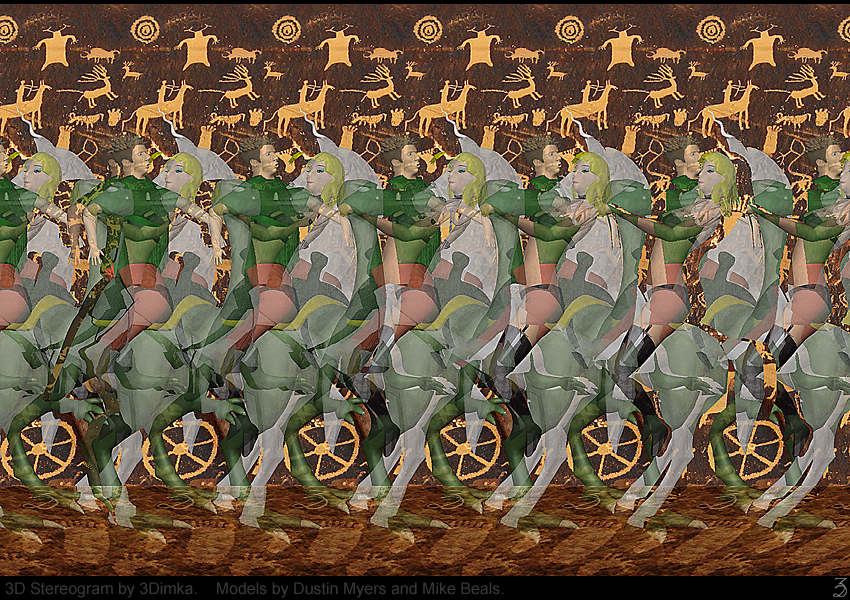What hides this stereogram?
Brain Teasers
[2381] What hides this stereogram? - Stereogram - 3D Image - #brainteasers #stereogram #3Dimage

2016-07-01
Mont Cenis Tunnel joinedIn 1870, the mid-point rock wall was removed and joined the two bores completing the Mont Cenis Tunnel through the Alps. Workers who had been digging towards each other from both sides of the mountain met and shook hands. The previous day, a hole had been drilled through the remaining 4 feet of rock between them, and the workers from the two bores could hear each other. The two bores met with an accuracy of within 2 feet vertically and about 18 inches horizontally. By the next year, twin railroad tracks had been laid, and the Mont Cenis Tunnel was opened on 17 Sep 1871. Digging had started in 1857, tediously slowly by hand boring, until French engineer Germain Sommeiller, introduced industrial-scale pneumatic drills. Train service began 16 Oct 1871.*«[Image top: Mont Cenis Tunnel entrance arch; bottom: Sommeiller Boring Machines.] |